Share
Stop Taking Photos
Nestled within the Seto Inland Sea in Japan sits the island of Naoshima, population 3583. The island would be otherwise unknown to outsiders except...
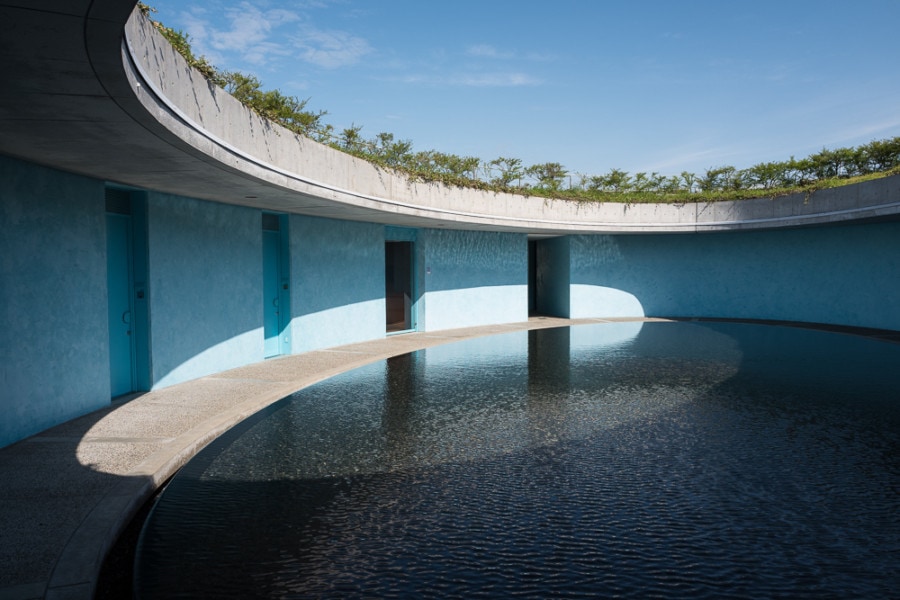
Nestled within the Seto Inland Sea in Japan sits the island of Naoshima, population 3583. The island would be otherwise unknown to outsiders except that in the mid 80s, publisher Testuhiko Fukutake and Naoshima mayor Chikatsugu Miyake dreamed up an idea of making the island a cultural center.
Over the next few decades, the vision was realized with the creation of an art museum, site specific works, and a veritable explosion of art and architecture by the likes of Tadao Ando, James Turrell, Walter de Maria, Claude Monet, Rei Naito, Ryue Nishizawa and more.
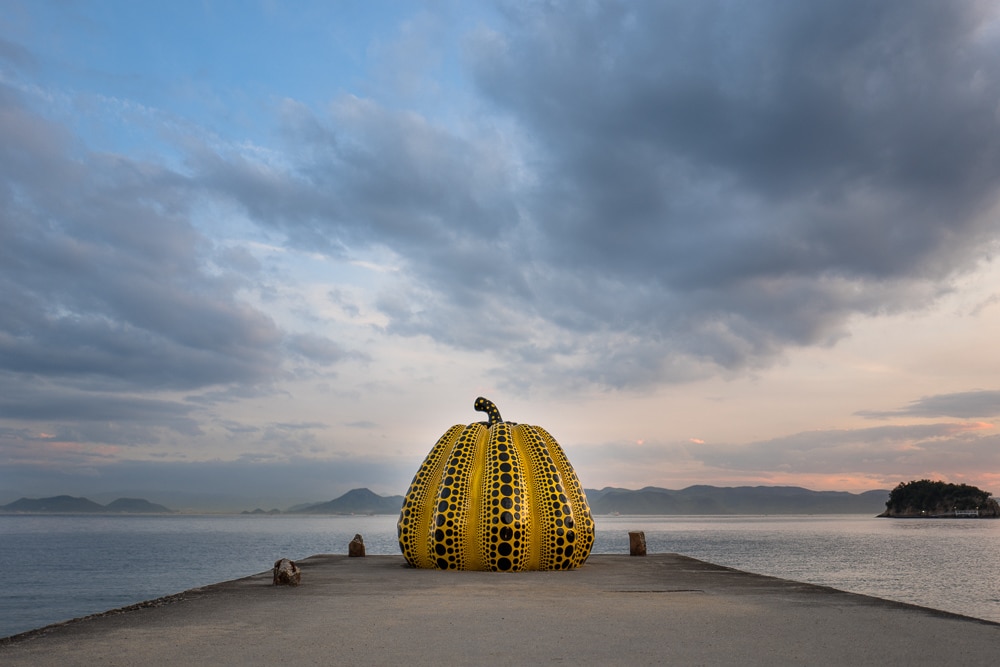
Yayoi Kusama “Pumpkin.” Photo by Allen Murabayashi
If you are familiar with Naoshima, you probably have seen the famous Kusama pumpkin that sits at the edge of a pier near the Benesse Beach House. Ironically, it is probably one of the least impressive pieces on the island, but it’s one of the few you’ll see in photos. This is because photography is prohibited in almost all of the interior art spaces.
***
Photography has undergone a massive transformation since the advent of the smartphone. Taking a photo is no longer precious. We create so much photography, we have apps to automatically delete it for us. Photos are akin to doodles on a piece of scratch paper – sometimes saved, often discarded.
Similarly, social media has transformed the way we interact with photography. Freed from the constraints of the album (real or virtual), photos are now constantly on the hunt for likes, tags, filters and more. For many people, there’s almost no point of taking a photo if you can’t share it immediately.
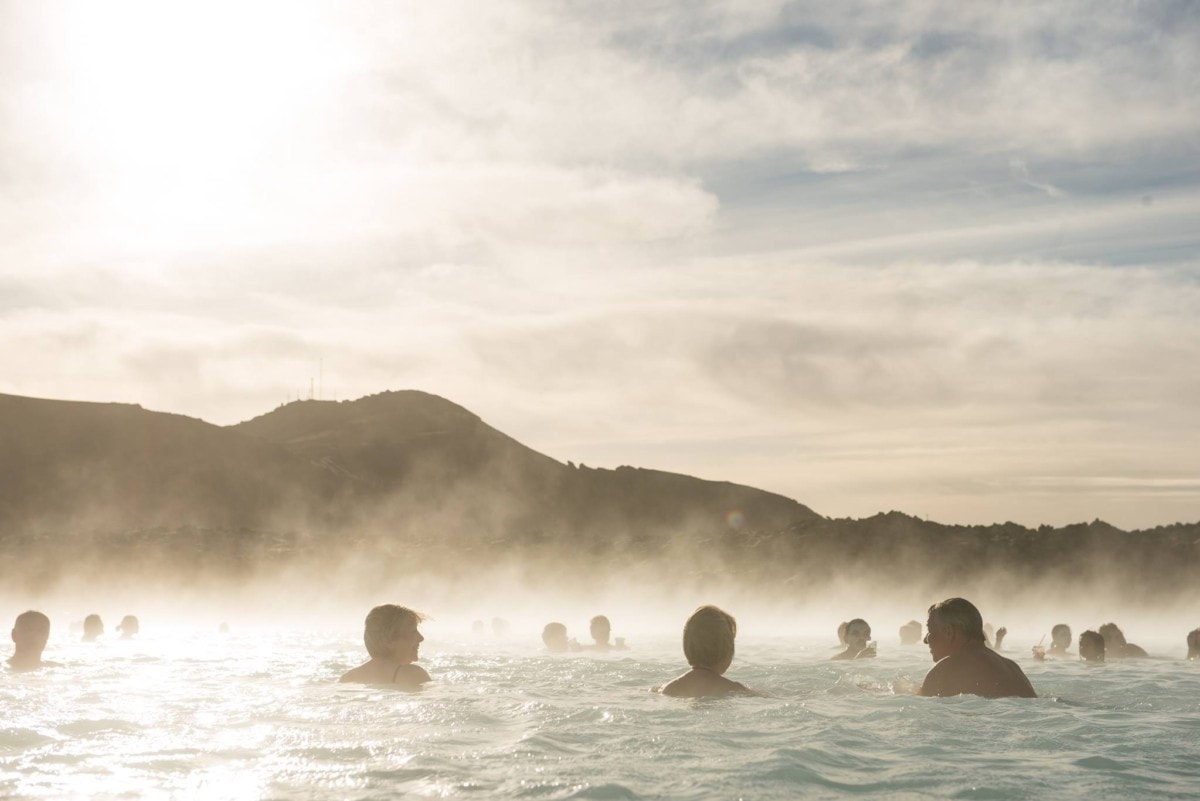
Blue Lagoon. Photo by Allen Murabayashi
Barely anyone had ever been to Iceland five years ago, but now photos of the Aurora Borealis, waterfalls, and the Blue Lagoon seem to stream endlessly from my phone. Sure, Icelandic Air offers some good deals, but I’m certain that Instagram fuels the country’s industry. This is photography as marketing – a boon for Iceland’s otherwise battered economy, which is still recovering from the 2008 crash.
***
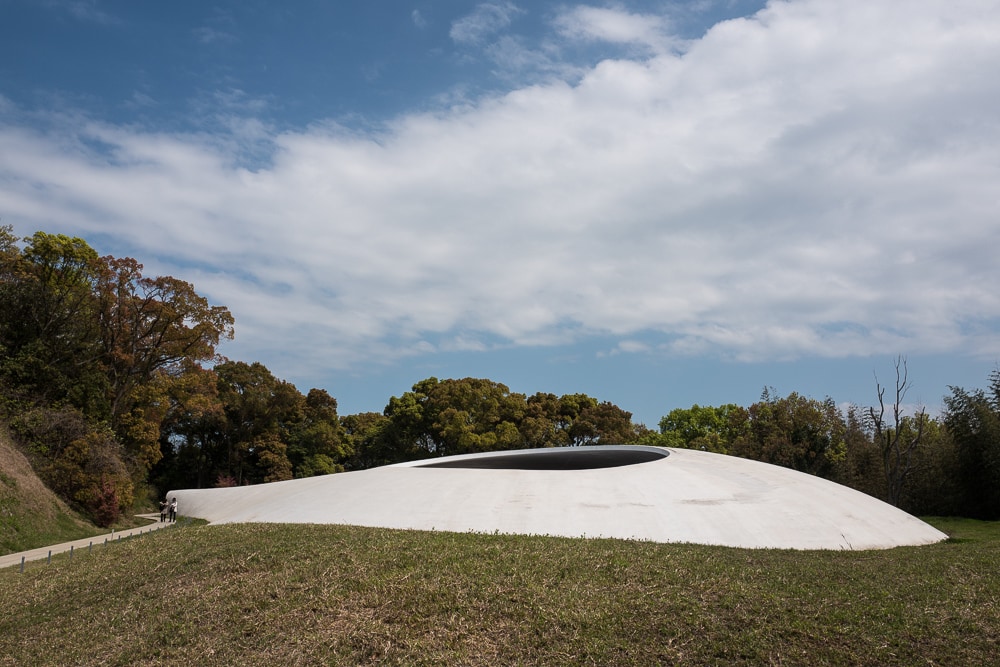
Teshima Art Museum. Photo by Allen Murabayashi
The Teshima Art Museum is a single piece of art and architecture on the adjacent island of Teshima. Built into the mountain next to some terraced rice paddies, it looks out of place from afar – a white bump surrounded by a sea of green – but not extraordinary. As you approach the structure, you notice a circular cut in the roof, but there is still no indication of anything remarkable.
An ever-so-polite docent outside the structure asks you to remove your shoes while reminding you in a hushed voice that no photography is allowed. As I stepped into the space, I couldn’t believe what I was seeing.
Thoughts of surreptitiously sneaking a photo crossed my mind almost immediately. The dopamine receptors inside of my brain tingled with the anticipation of likes and comments. No one would have a better picture than me on that day, if I could only take a picture.
And yet, here were a few dozen people simply enjoying the space. A family lying down in the sunlight. Individuals in contemplative or meditative states. Others simply wandering about a structure that is large enough to fit a baseball diamond.
There was no jockeying for the best angle. There was no ducking to avoid being in someone else’s frame. There wasn’t an incessant din of clacking camera shutters. No one was on their smartphone. There was just a near silence. People present in the moment, and I have no pictures to show for it.
***
Iwan Baan took the official photos of the space. You are unlikely to take photos better than him. And yet for as great as his photos are, they don’t capture what I experienced. Baan’s photography isn’t in need of more pixels, 3D cameras, or virtual reality headgear. No technology could replicate the tactile sensation beneath my feet, the soft wind in my hair, the warmth of the sun on my skin. And then there is that weird, almost agoraphobic sensation of feeling diminutive in a gargantuan space.
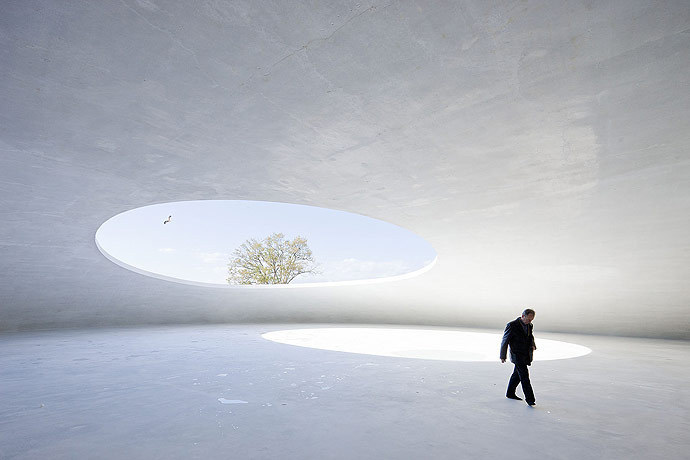
Photo by Iwan Baan
I’m not sure what the true motivation is for prohibiting photography on the islands. Perhaps it moves the throngs of people along more efficiently. Maybe the corporate overlords are concerned about the intellectual property. Or maybe they really want you to enjoy the art with your own senses – not hidden behind a screen.
***
We react differently in the presence of a camera whether we’re in front or behind it. “Show me the photo. Ew. Take it again.” Our posture improves dramatically and instantaneously. We work the angles. We try to display maximum enjoyment. According to the photos, we’re happy, goofy and well-cultured all the time.
In the sharing age, we want our own photo of the thing that everyone else had poorly photographed. It’s not necessarily that we think we can shoot it better – it’s just social proof. And the likes. And more likes. And more likes.
Do we even know why we take photos anymore? Did we really travel thousands of miles and spend thousands of dollars for a like and a #wittyhashtag?
***
Despite the title of this piece, I’m not suggesting that we stop taking photos. Photo are still effective at capturing essential and banal moments. And despite the research to the contrary, photos help me remember and/or relive times in my past.

Photo by Allen Murabayashi
Nor do I think that every museum and concert promoter should ban photography. But imagine if MoMA or the Met had one day a month where photography was not allowed. Or a Beyoncé concert. Or a day with our family or friends. How would that change our intentions, and what deeper experience (if any) might it reveal?
Consciousness gives us the ability to contemplate motivation. Striving to be more intentional in our actions arguably makes us more human. So if you don’t know why you’re pressing the shutter, stop taking photos.


